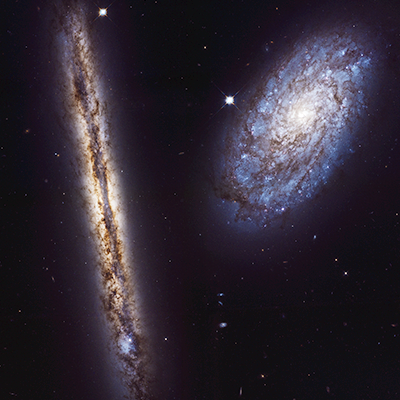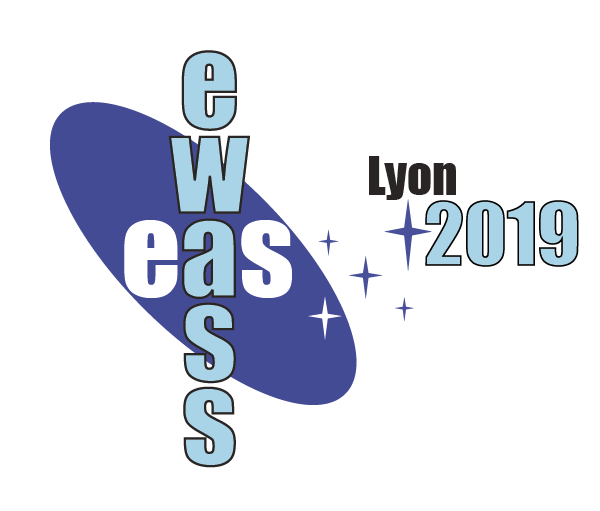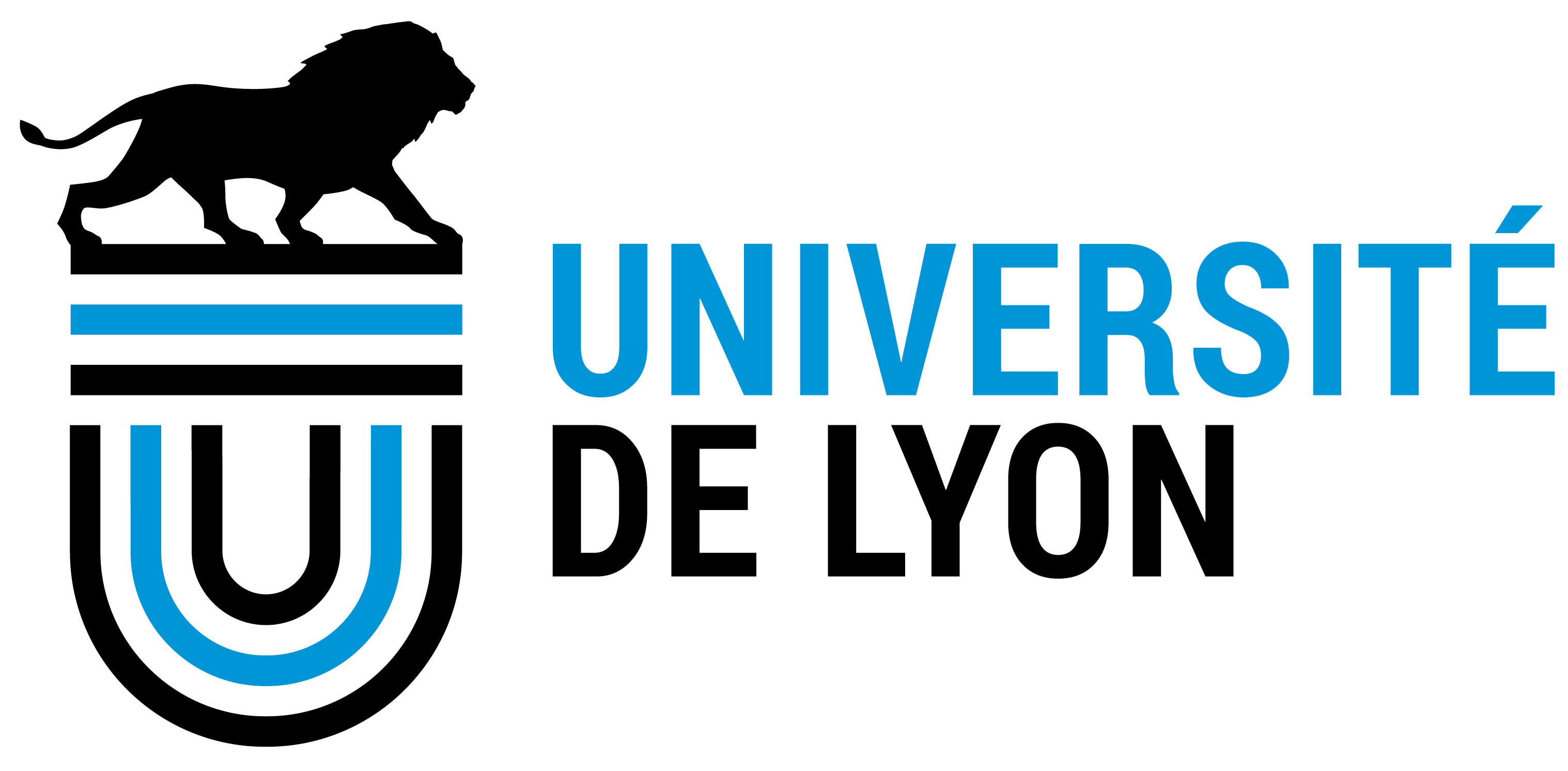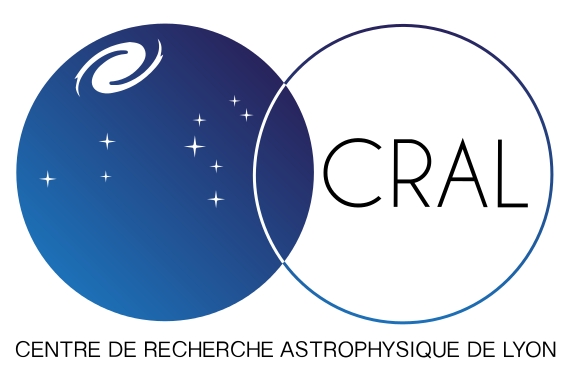Special Session SS10
27 June 2019
Formation and evolution of bulge-less galaxies
Aims and scope
 Simple disc galaxies with no classical bulge (bulge-less disc galaxies) are a key tool to test current models of the formation, evolution and morphological transformation of galaxies. Widely-accepted cosmological models of galaxy formation and evolution are challenged by a relatively large observed fraction of pure disc galaxies. This makes such simple discs optimal for the study of galaxy formation in the hierarchical Universe. The edge-on galaxies are objects where the vertical disc structure can be directly traced. Usually, flat and super-flat galaxies are moderate-mass objects with a low surface brightness, blue colours, and a slow rotational velocity. They form the bulge-less tail of the smooth distribution from bulge-dominated to pure disc galaxies. Simple discs enable us to analyse the environmental vs internal influence on galaxy evolution, to study the stability of discs, and to explain the nature and distribution of dark matter in spiral galaxies.
Simple disc galaxies with no classical bulge (bulge-less disc galaxies) are a key tool to test current models of the formation, evolution and morphological transformation of galaxies. Widely-accepted cosmological models of galaxy formation and evolution are challenged by a relatively large observed fraction of pure disc galaxies. This makes such simple discs optimal for the study of galaxy formation in the hierarchical Universe. The edge-on galaxies are objects where the vertical disc structure can be directly traced. Usually, flat and super-flat galaxies are moderate-mass objects with a low surface brightness, blue colours, and a slow rotational velocity. They form the bulge-less tail of the smooth distribution from bulge-dominated to pure disc galaxies. Simple discs enable us to analyse the environmental vs internal influence on galaxy evolution, to study the stability of discs, and to explain the nature and distribution of dark matter in spiral galaxies.
Programme
-
Observational properties of bulge-less galaxies: from super-thin galaxies to thick discs (gas and stars)
-
Clues from the morphological structure: small classical bulges, disc-like bulges, and polar structures.
-
Formation of bulge-less massive galaxies vs. formation of classical bulges
Invited speakers
- Arunima Banerjee (Indian Institute of Science Education and Research, India)
- Chris Brook (Instituto de Astrofísica de Canarias, Universidad de La Laguna, Spain)
- Valentina Karachentseva (Main Astronomical Observatory, National Academy of Sciences of Ukraine, Ukraine)
Scientific organisers
- Dmitry Makarov (Special Astrophysical Observatory, Russia, co-chair)
- Adriana de Lorenzo-Cáceres (Instituto de Astrofísica de Canarias, Spain, co-chair)
- Lia (E.) Athanassoula (Aix-Marseille Université, Laboratoire d'astrophysique de Marseille, France)
- Dmitry Bizyaev (Apache Point Observatory, New Mexico State University, USA)
- Françoise Combes (Observatoire de Paris, Collège de France, France)
- Enrico M. Corsini (Universitá di Padova, Italy)
- Igor Karachentsev (Special Astrophysical Observatory, Russia)
- Alexander Khoperskov (Volgograd State University, Russia)
- Jairo Méndez-Abreu (Instituto de Astrofísica de Canarias, Spain)
- Isabel Pérez (Universidad de Granada, Spain)
- Vladimir Reshetnikov (St. Petersburg State University, Russia)
- Anatoly Zasov (Sternberg Astronomical Institute, Moscow State University, Russia)
Gender balance
|
Female |
Male |
|
| per cent |
| SOC |
33 |
67 |
| SOC Chairs |
50 |
50 |
| Talks |
|
|
| total |
50 |
50 |
| invited |
67 |
33 |
| contributed |
45 |
55 |
| submitted |
38 |
62 |
|
Contact
Dmitry Makarov dim @ sao.ru
Adriana de Lorenzo-Cáceres adrianadelorenzocaceres @ gmail.com
Updated on Mon Apr 01 13:25:23 CEST 2019
|

 A power cut will shut down all EAS services on Tuesday, 10 January 2017 starting at 7:30 CET.
A power cut will shut down all EAS services on Tuesday, 10 January 2017 starting at 7:30 CET.





